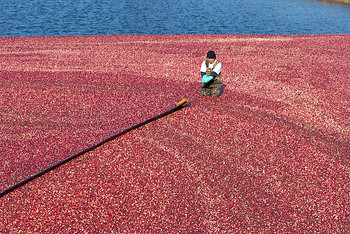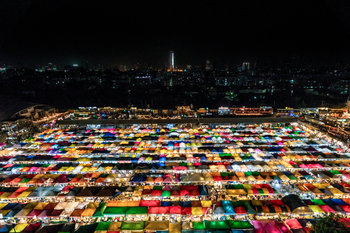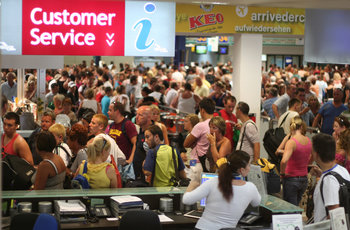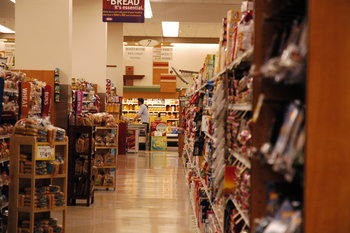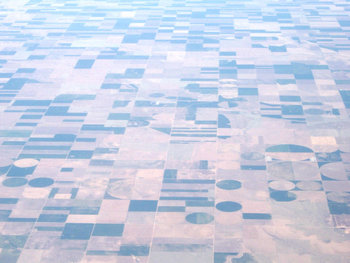
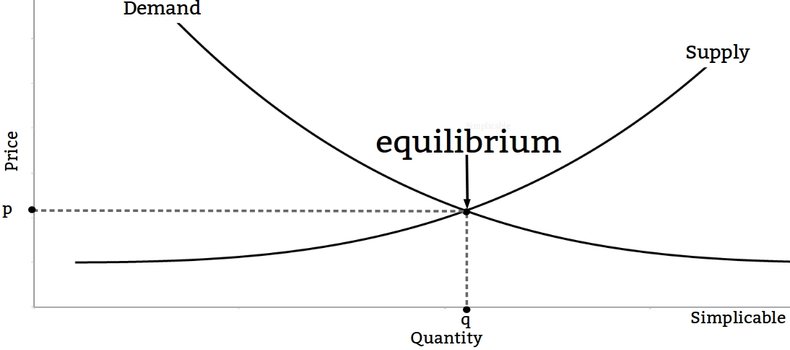
Products
A luxury brand restricts supply in order to maintain high prices and the status of the brand. For example, they produce 10,000 units of a particular handbag. The market would demand 1 million units at a price below $100. At the actual price of $2000, demand is 1000 units a month and it takes the brand 10 months to sell the inventory.Services
A type of business software is typically sold as a monthly user-based service. Supply is essentially unlimited as it costs firms very little to scale their services up and down. Worldwide demand for this type of software is 1 million user licenses with 99% of demand falling below a price of $200 per user per month. Any firm that charges more than $200 will only have access to 1% of demand. Below $200, firms are fairly price insensitive and are concerned more with quality than price.Club Goods
A theme park has a fixed capacity of 100,000 people a day that represents supply. Demand is based on the calendar with high demand on holidays and low demand on workdays and in poor weather. The theme park offers a wide range of discounts on days when they predict demand to be low. On high demand days, no discounts are available.Commodities
A commodity is a good that is sold into a market that is so competitive that individual buyers and sellers have no influence on the price and must accept a market price set by supply and demand. Any change to either supply or demand pushes the price up and down. Demand is driven by customer needs and preferences. Supply is driven by things like capacity, efficiency and resource allocation. When demand declines, supply will typically decline as lower prices lead firms to reallocate resources such as land, labor and capital. When demand rises, supply also rises as higher prices attract more firms to the business and existing firms ramp up production.Common Goods
Common goods are things like air, water and ecosystems that are a shared common resource. They have a fixed, limited supply. Common goods are often used without cost such that demand tends to grow very quickly. This leads to overuse of common goods resulting in their depletion and destruction. Applying a cost to use common goods can correct this as it helps to limit demand. For example, a cost to vent pollution into the air.Labor
Supply of a particular skill set is driven by factors such as demographics and education. Demand for a skill set is driven by factors such as economic growth, recessions, business cycles and technological change. When a skill is in high demand, salaries increase. This causes supply to increase in the long term as the higher salary gives people incentives to acquire the skill.Assets
Supply of assets such as real estate or gold is mostly fixed with small increases over time. Demand can rise and fall dramatically due to factors such as economic conditions, the risk-taking environment, interest rates and money supply. This can lead to periods of significant price increases followed by periods of decline.Securities
A security can suddenly increase in supply. For example, a firm that does a secondary offering of its stock, can increase the supply quickly. Demand for a security is driven by investor estimates for its future returns and risks.Currencies
Supply of a currency is set by the monetary policy of a nation. Demand is generated by economic activity such as trade and investment flows.| Overview: Supply And Demand | ||
Type | ||
Supply Definition | The quantity of goods that is provided to a market at a price level. | |
Demand Definition | The quantity of goods that is purchased from a market at a price level. | |
Related Concepts | ||







